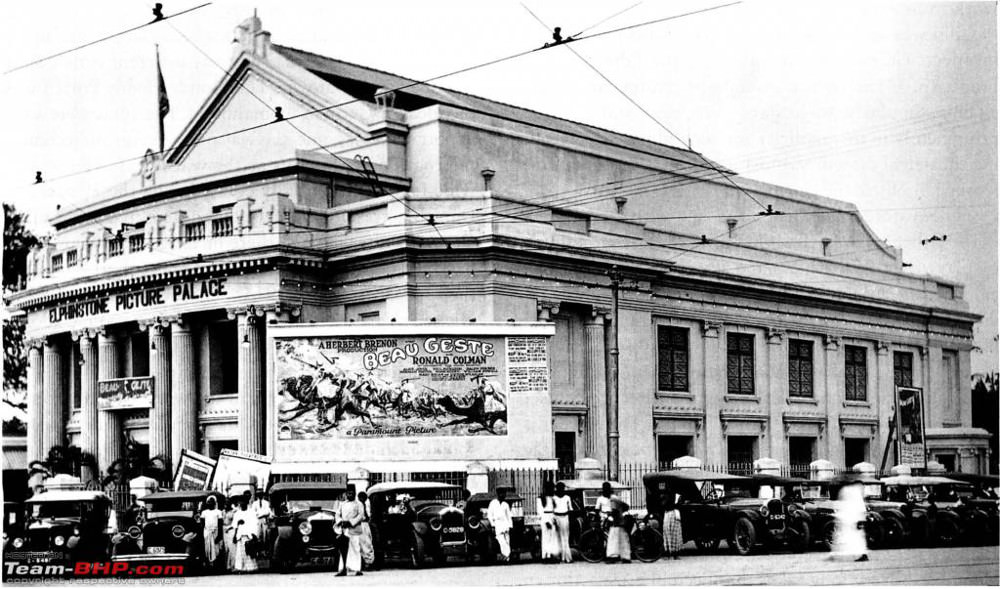Film Censorship Begins in India


India
Cinema was introduced to India in 1896, shortly after its emergence in France. At the time, Indian entertainment venues were racially segregated. Governor General Wellesley (1789-1805) ceased entertaining Indians at Government House, and nautch shows decreased as popular entertainment for British men by the mid 19th century (Arora 1995). Miriam Sharma (2009, 45) argues that four main concerns underpinned British monitoring, censoring, and banning of publications under colonial rule:
“maintaining the authoritative “image” of British prestige; presenting a unified front at every bureaucratic level; maintaining the primacy of the Imperial Home Department in London even while encouraging flexibility of decision making by local subordinates in India; and increasingly being forced into adopting more conciliatory ties with a broader Indian constituency.”
Preceding the introduction of cinema, the colonial state also exhibited concern about the theatre, not simply for its political content but for its ability to incite live audiences (Sharma 2009). Such concerns about space, image, and public affect were extended into the discourse on and the governance of cinema (Mazzarella 2013).
In the 1920s, India imported almost 80 per cent of exhibited films from the United States (ICC 1928). The biggest importer was Jamshedji Framji (J.F.) Madan, who launched Madan Theatres Ltd. in 1919, turning to Hollywood to substitute for stagnating post-war European film industries. Madan Theatres Ltd. owned the well known Electric Theatre, Grand Opera House, and Crown Cinema among its 37 theatres in 1920, which increased to 126 by 1931 (Barnouw and Krishnaswamy 1980). Just as Madan’s business shifted from theatre to cinema, so too did concerns emerge about on-screen images and public audiences. Such concerns were exacerbated by mixed race, class, religious, and caste audiences, as well as the constitution of a mass audience through mechanical reproduction and associated low ticket prices (Arora 1995).
In addition to the legal regulation of film content under the Cinematograph Act 1918, other regulatory authorities impacted on how cinemas could operate. In the 1910s, the Chief Electricity Officer of Madras extended safety regulations for movie theatres and supervised their implementation, including verifying that operators were over 21 years of age (Hughes in Liang et al. 2007). Although one of the driving forces behind the 1927-28 Indian Cinematograph Committee was the representation of colonists on-screen, censorship was not reciprocated for the representation of Indians. Poonam Arora (1995) describes that the German and American films The Sultan of Delhi (1925) and Indian Raja (1927) generated protests in The Bombay Chronicle and the Indian Legislative Assembly for their racialised representations of Indian harems, however the British government allowed their exhibition. The passing of the Cinematograph Act 1918 and the establishment of Censor Boards in 1920 in Bombay, Delhi, Madras, and Rangoon established some consistency in the regulation of Indian cinema, however the 1927 Indian Cinematograph Committee made clear that law and policy remained provincial and its application differentiated across the county. – Liam Grealy
Further reading:
– Arora, P. (1995). Imperilling the prestige of the white woman: Colonial anxiety and censorship in British India. Visual Anthropology Review, 11(2), 36-50.
– Barnouw, E., & Krishnaswamy, S. (1980). Indian film. New York: Oxford University Press.
– Indian Cinematograph Committee (1928). Report of the Indian Cinematograph Committee 1927-1928. Calcutta: Government of India Central Publication Branch.
– Liang, L., Suresh, M., & Malhotra, N. A. (2007). The public is watching: Sex, laws, and videotapes. New Delhi: Public Service Broadcasting Trust.
– Mazzarella, W. (2013). Censorium: Cinema and the open edge of mass publicity. Durham and London: Duke University Press.
– Sharma, M. (2009). Censoring India: Cinema and the tentacles of empire in the early years. South Asia Research, 29(1), 41-73.